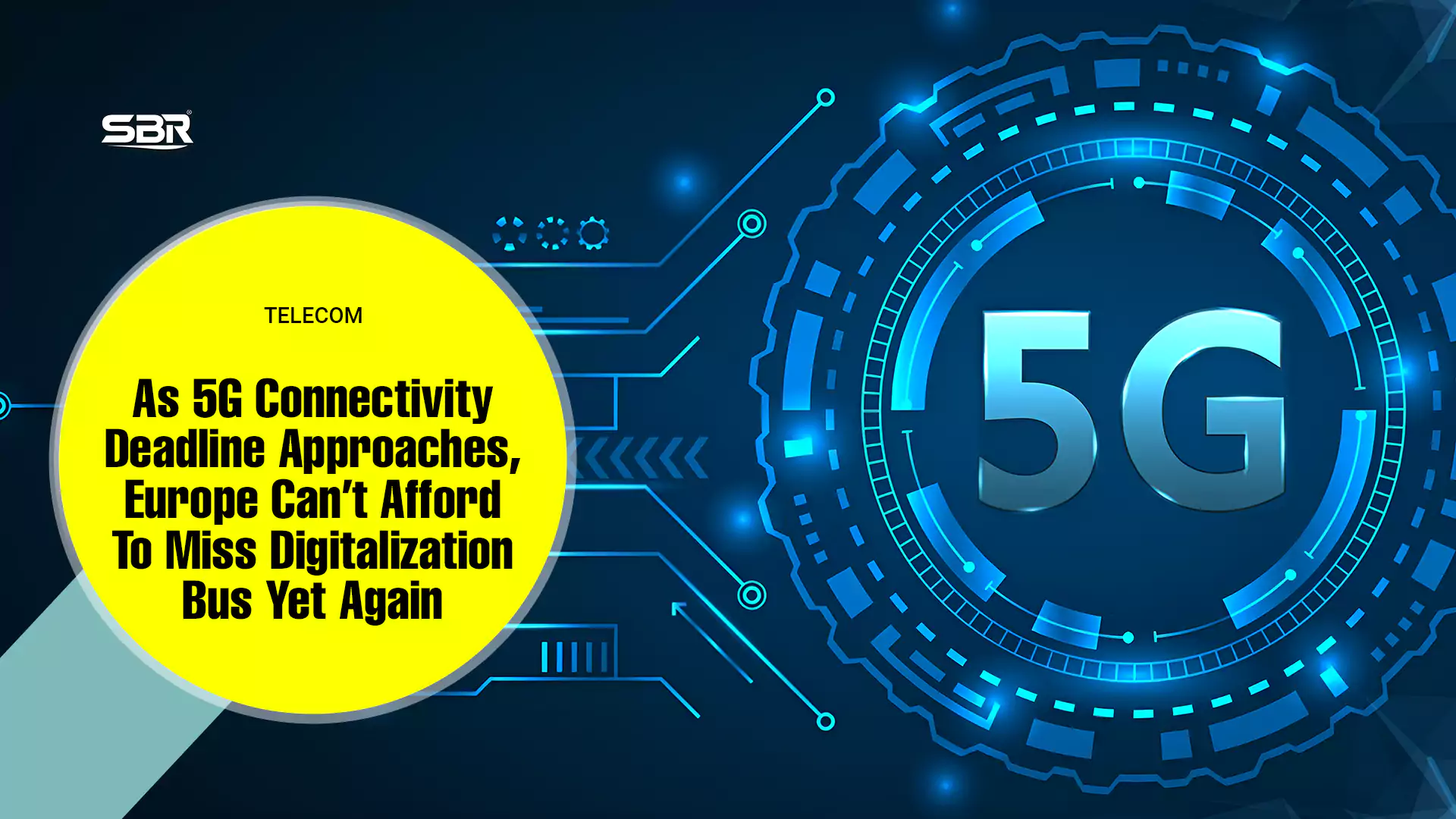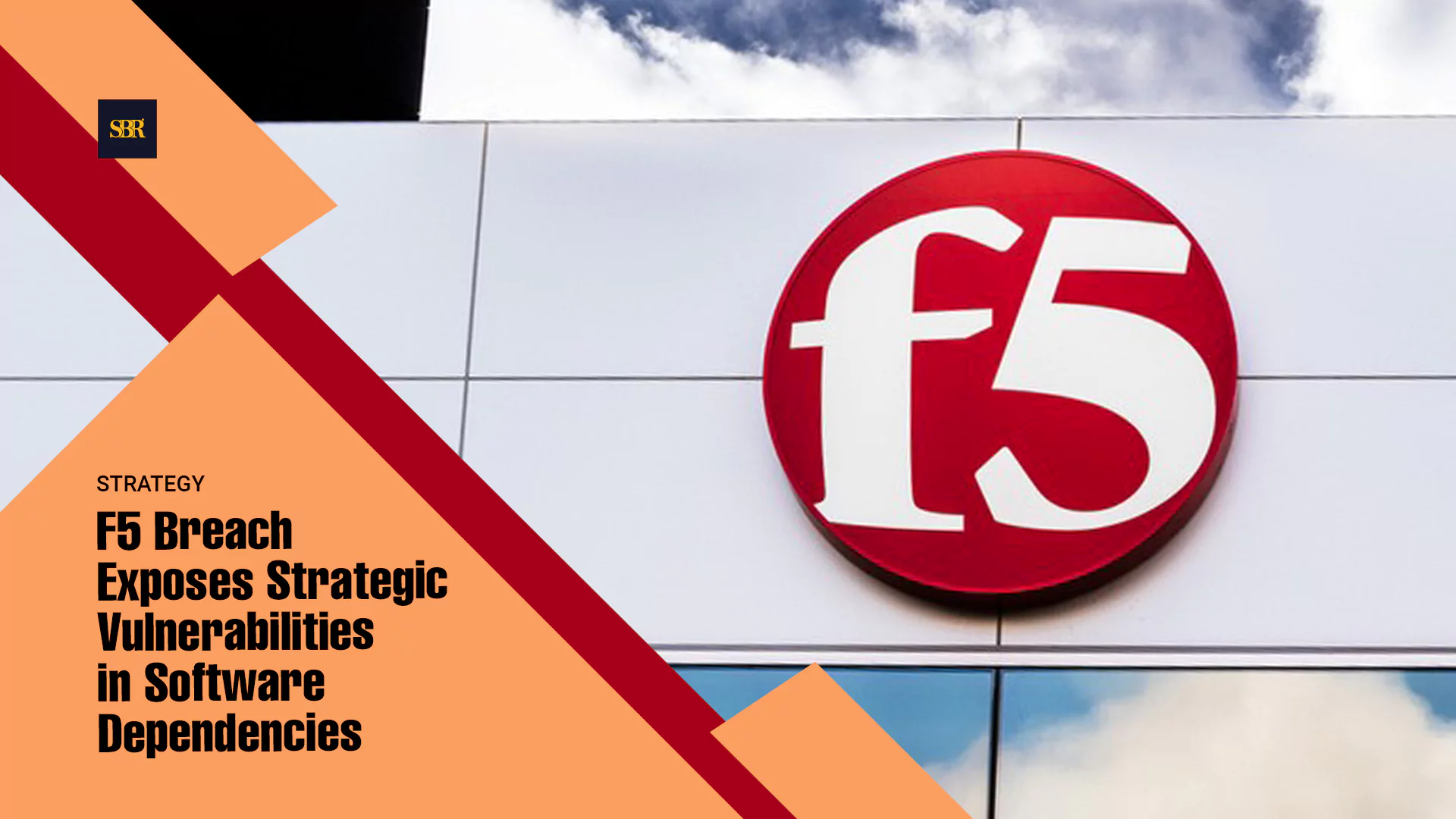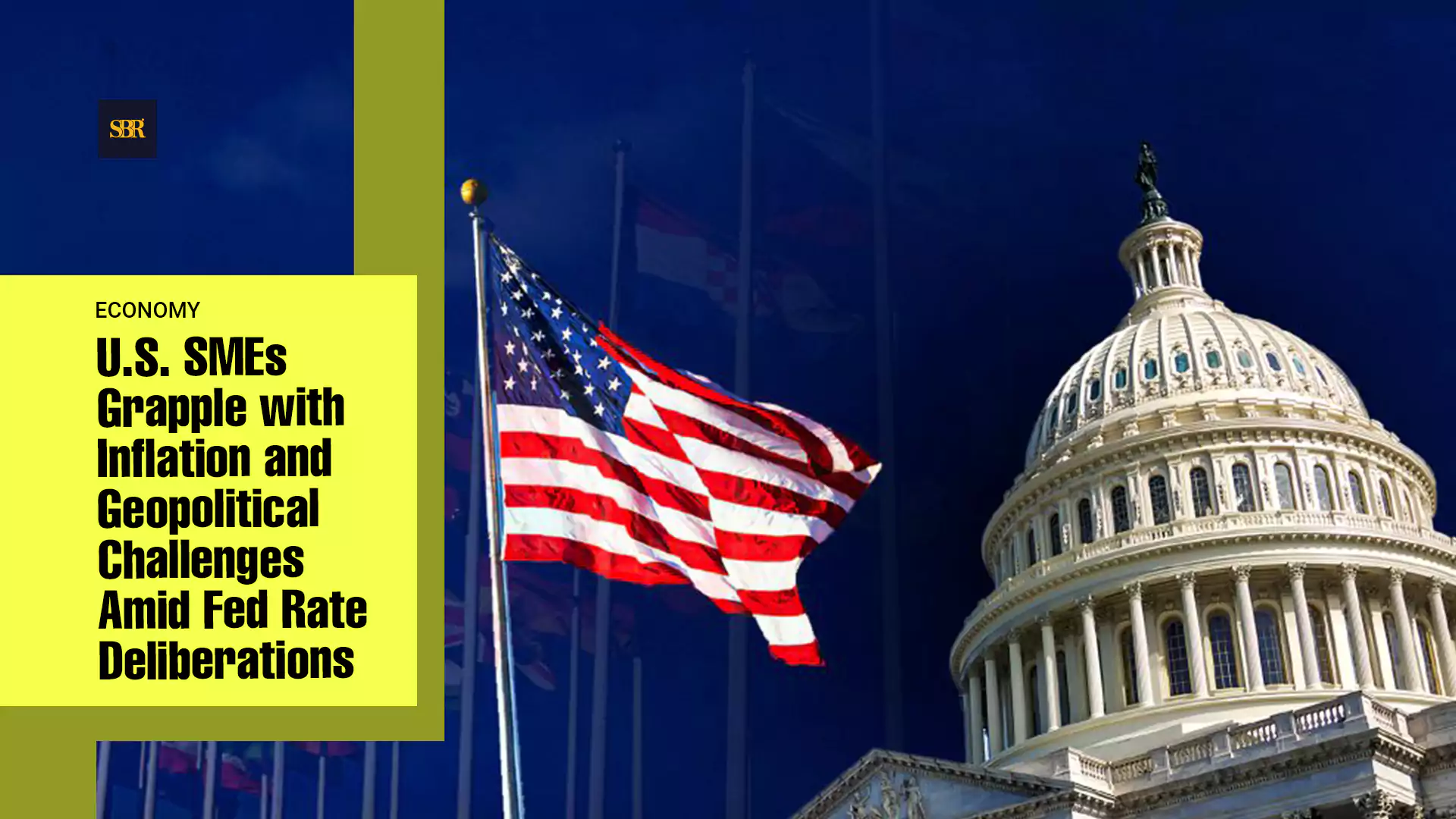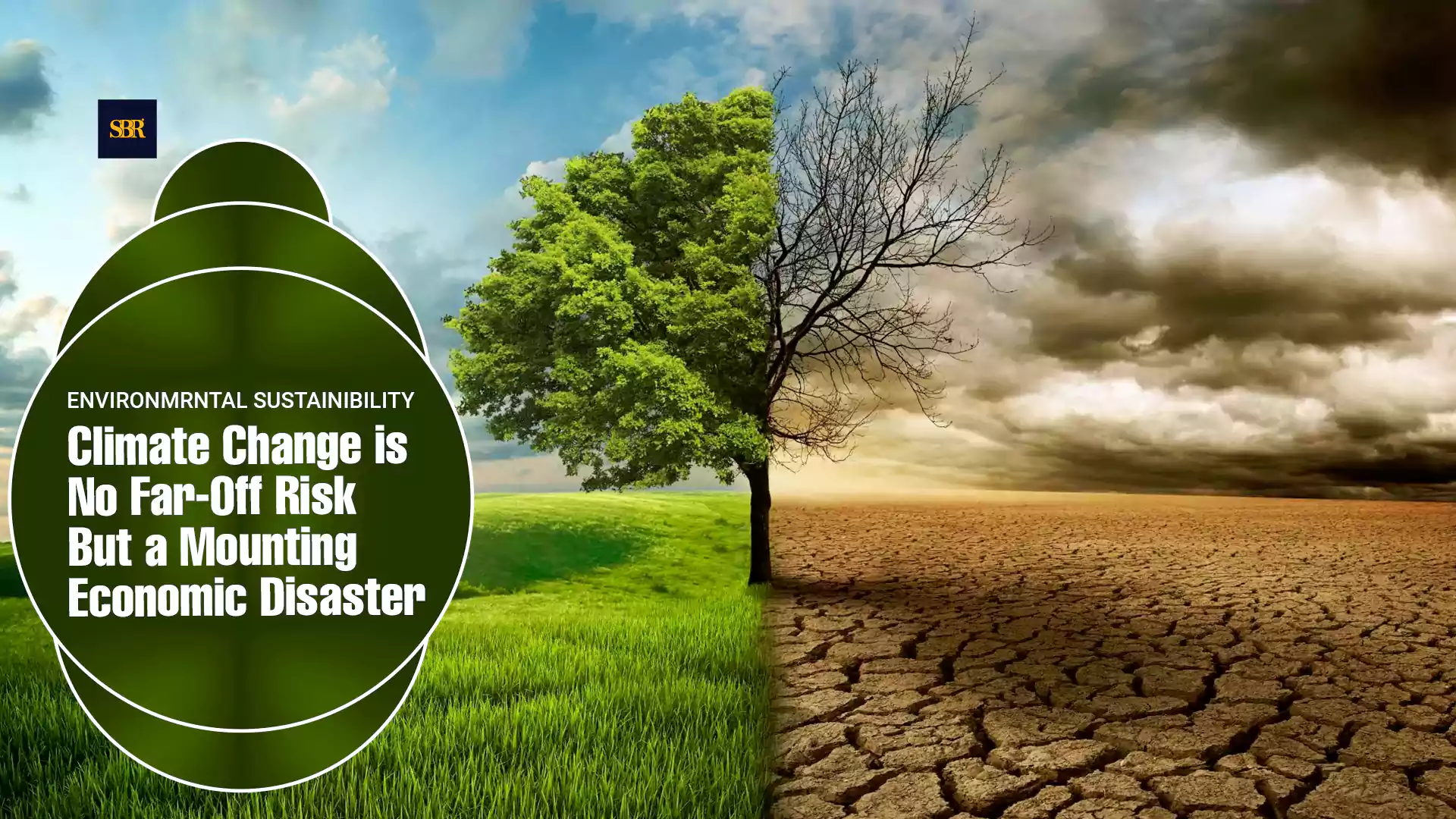MADRID, July 2, 2025 — In a historic first, Vodafone started year 2025 by making, what is claims to be the first-ever video call over satellite from an area with no terrestrial mobile coverage.
UK’s iconic telecom operator, hailed this feat of a space-based video call using 4G/5G smartphones, over a satellite built to offer a full mobile broadband experience, in a total not spot area.
In the backdrop of Vodafone’s celebrations in January, began a year Europe is meant to have achieved 5G connectivity in urban areas and along main transport paths.
Notably, in Europe, a slower 4G roll-out led to missed opportunities and lost economic gains. Europe is facing significant challenges in meeting its 2025 connectivity targets, says Darryl Brick, VP of partner sales, EMEA, at Ericsson.
“2025 is the year Europe is meant to have achieved 5G connectivity in urban areas and along main transport paths,” says Brick. “It also mandates all organisations, such as schools, universities, and hospitals, should have access to gigabit connectivity. However, according to trackers, it is still lagging behind some of the fast-developing global markets in terms of deployment,” Brick said.
Delay in 5G Rollout and Hurdles
The European Court of Auditors' (ECA) Special Report from 2022 has highlighted delays in the roll-out of 5G networks across the European Union.
The report focuses on EU's ambitions for universal 5G coverage in urban areas and along major transport routes by 2025, as well as gigabit connectivity for organisations like schools, universities, and hospitals.
A recent report by former Italian Prime Ministers, Enrico Letta and Mario Draghi have delved deep into the growing gap between Europe and other regions, but also presented a way forward for addressing them, with investments in advanced 5G connectivity being a vital component.
The ECA report reveals several hurdles hampering the EU's progress. These include fragmented deployment strategies across Member States, regulatory hurdles, and delays in the allocation of spectrum essential for 5G networks.
The report also indicates disparities between countries in terms of infrastructure readiness and investment, which exacerbate the delays.
It also highlights that achieving widespread 5G deployment is critical not only for connectivity but also for enabling digital transformation in sectors like manufacturing, healthcare, logistics, and retail.
A study commissioned by Ericsson found that 5G connectivity could help reduce Europe’s carbon emissions by 15 percent by 2030. Making 5G available across key European industries could add an additional 5 per cent in cuts, it adds.
Way Forward for 5G
Industry experts say that most of the transformative use cases for 5G and further are still future-bound. Their development will be led by entrepreneurs and innovators, who must have access to advanced network capabilities so they can drive innovation and keep Europe competitive.
Those advanced capabilities require significant investments in real and secure 5G connectivity – so called 5G standalone deployed on mid-band. The available spectrum in Europe today is 5G deployed on low frequency bands and without 5G standalone functionality.
In simpler terms, today European consumers who have 5G smartphones sometimes see a 5G symbol, but the user experience and data speed are often equivalent to a 4G experience.
Expectations are that a new European Commission in office, with competitiveness and investment high on the agenda, Europe might be able to grab the opportunity and become equally competitive in the global digitalization space.
Allowing the consolidation of national telecoms markets in Europe is being seen as a primary step to boost 5G rollout.
Harmonizing spectrum licensing principles and trade-off short-term gains versus 5G investments also has a pivotal role. The year 2025 marks a crucial moment for the EU’s Digital Decade targets. Political changes in the region could bring renewed focus on improving connectivity infrastructure.
Rollercoaster 5G Speeds
Opensignal data reveals a- mixed picture of 5G download speed in Europe.
Some European markets have seen substantial year-on-year increases in 5G Download Speed in 2025, while others have experienced declines, the Open signal data shows.
It also highlights that increases in the use of the 3.5GHz spectrum strongly correlate with higher 5G Download Speed.
It also points out addition of lower bands such as 700MHz and 2.1GHz in 5G deployments in mature markets like Sweden and Austria. Operators are likely using these bands as 5G usage grows and more capacity is needed, as well as to meet coverage commitments.
Opensignal data also suggest that Poland's average 5G Download Speed surged by over 57 percent, while Sweden experienced a decline of 23 percent.
The analysis of this data suggest that answer lies deep in the airwaves, in other words spectrum availability and use.
Opensignal has investigated this topic through the lens of how certain European operators are evolving their 5G deployments across different spectrum bands and its implications for mobile subscribers.
One possible reason for declining speeds is increased network congestion. As more users adopt 5G and more devices connect, networks experience performance degradation. Scaling physical infrastructure, such as small cells, fibre backhaul, or network densification, is capital-intensive and slow-moving, requiring long-term investment.
It may not be possible in many cases due to local planning and other infrastructure regulations. However, shifts in spectrum usage are also key drivers of the evolving mobile experience across Europe.
Opensignal data reveals a mixed picture of 5G download speed in Europe. Some European markets have seen substantial year-on-year increases in 5G download speed in 2025, while others have experienced declines.
Inputs from Saqib Malik
Editing by David Ryder

















